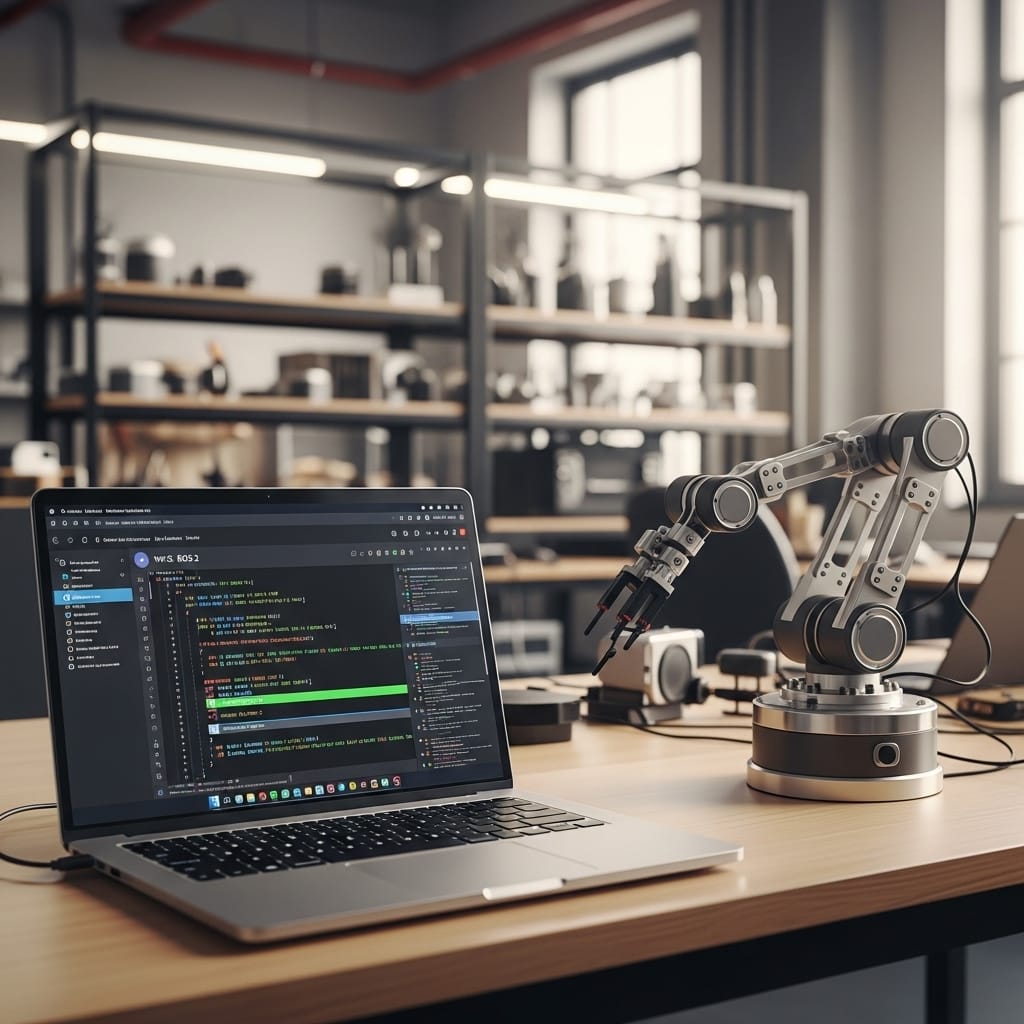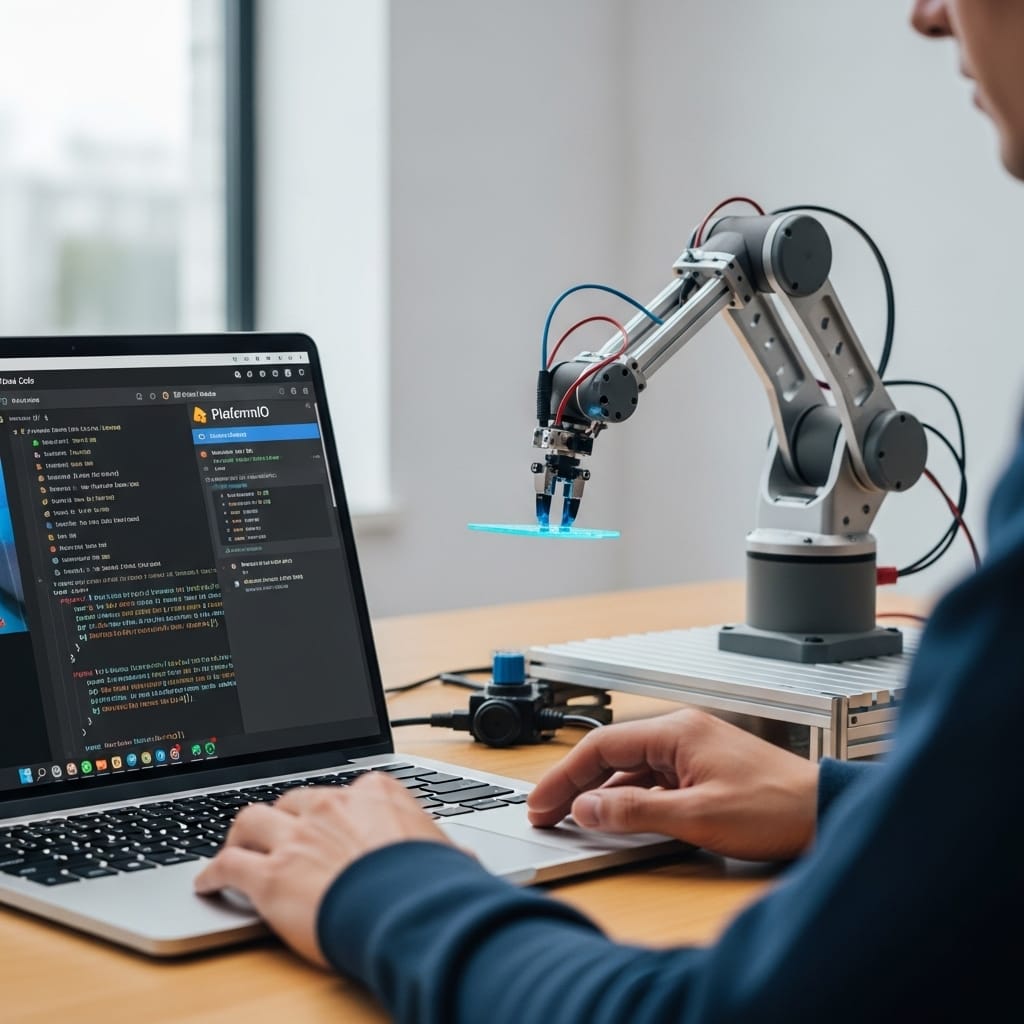
✨ ROS 2 C++ Debugging Setup with VS Code
For our developers working in robotics in Berlin with ROS
The world of robotics is undeniably exciting, and getting hands-on experience is key to mastering its complexities. But before you start assembling physical robots or hitting the track for Autonomous Racing, there’s an invaluable tool that can accelerate your learning, save resources, and provide a safe space for experimentation: the robotics simulator. Whether you’re looking to Learn Robotics Berlin-style, dive into the Berlin Robotics scene, or get a taste of high-speed Racing Berlin, understanding simulators is a crucial first step.
Simulators create virtual environments where you can design, test, and iterate on your robotic systems and algorithms without the immediate need for expensive hardware or the risk of real-world crashes. They are essential for everything from basic educational purposes to developing sophisticated autonomous vehicles.
The advantages of using robotics simulators are numerous:
Robotics simulators come in various flavors, each with its strengths and ideal applications.
These simulators prioritize accurate physical modeling of robots and their interaction with the environment.
Leveraging powerful game engines, these simulators offer stunning visual fidelity and large-scale environment creation.
These are tailored for specific robotics applications or platforms.
Designed with beginners and accessibility in mind.
With so many options, how do you pick the right one? Consider these factors:
The Berlin Robotics scene is vibrant, with numerous startups, research institutions like Fraunhofer and TU Berlin, and a growing interest in AI and automation. Simulators are a cornerstone of this ecosystem:
No matter your robotics ambitions, simulators offer an accessible and powerful pathway to Learn Robotics Berlin or anywhere else. They provide a virtual sandbox to innovate, test the limits, and prepare for real-world applications, whether you’re dreaming of building the next great service robot or conquering the track in Autonomous Racing.
So, pick a simulator that aligns with your goals, dive into the wealth of tutorials available online, and start building your virtual (and eventually, physical) robotic future!

For our developers working in robotics in Berlin with ROS

Are you looking to dive deeper into robotics, perhaps even